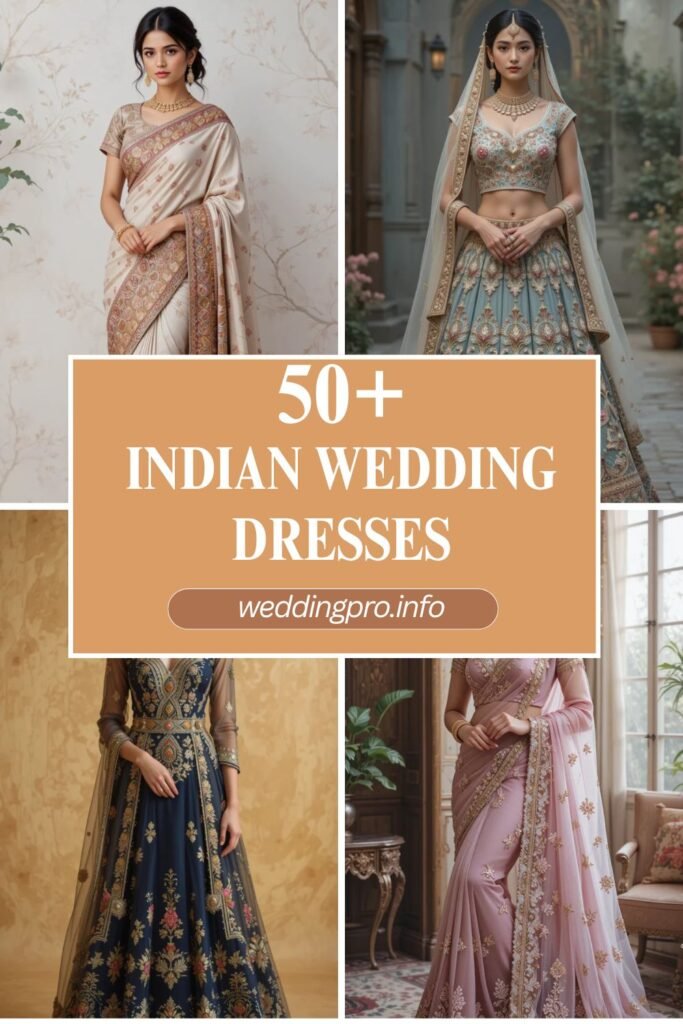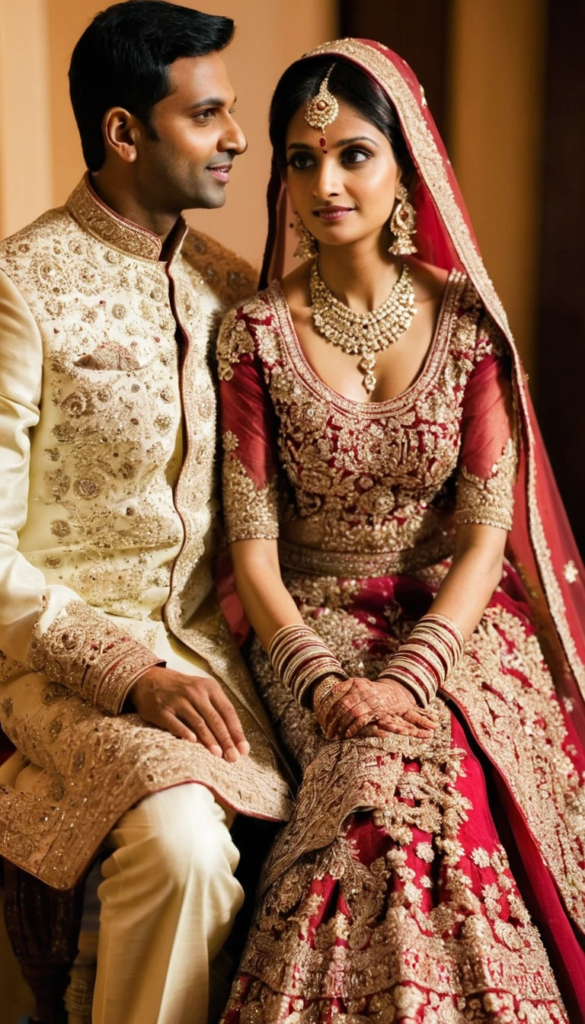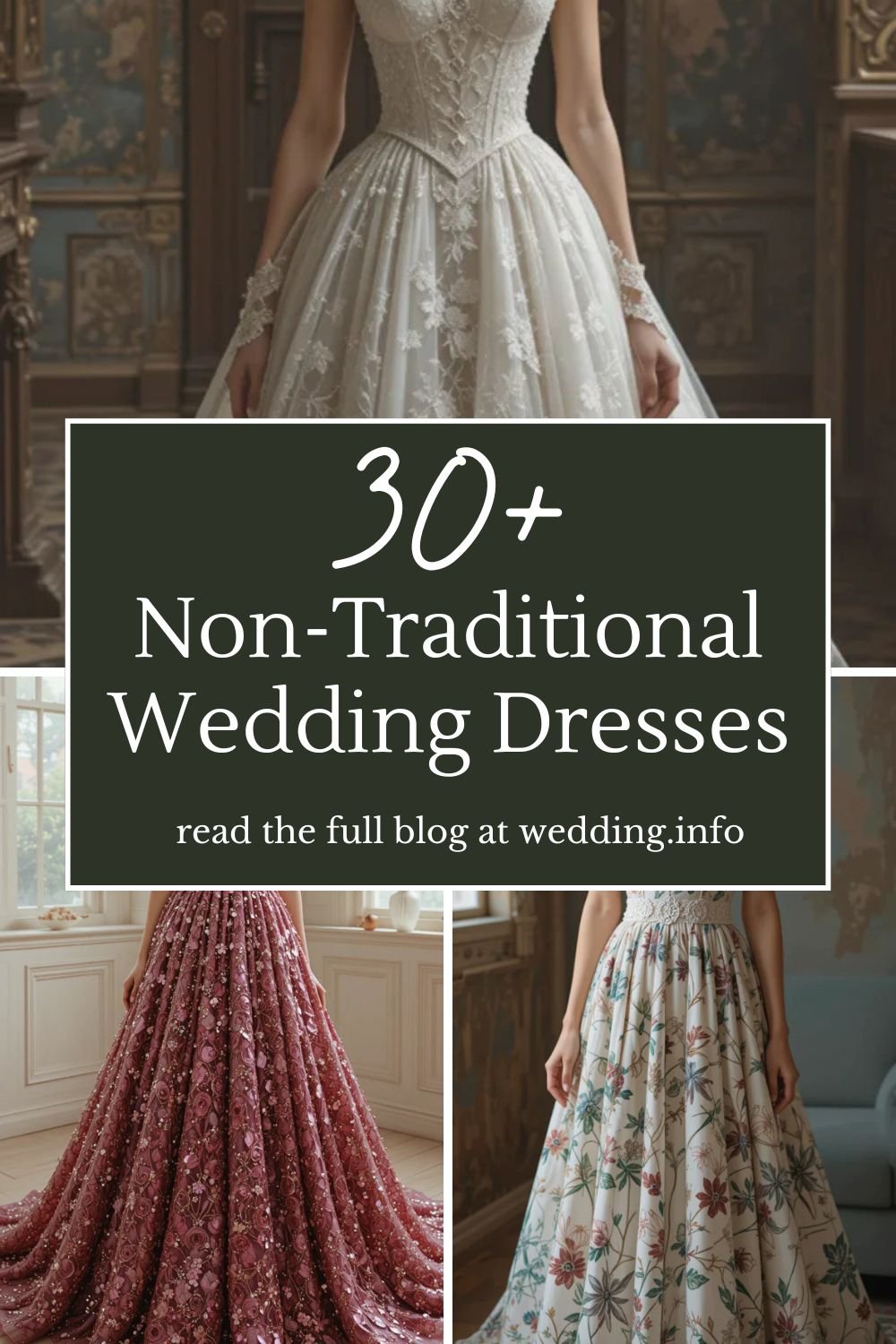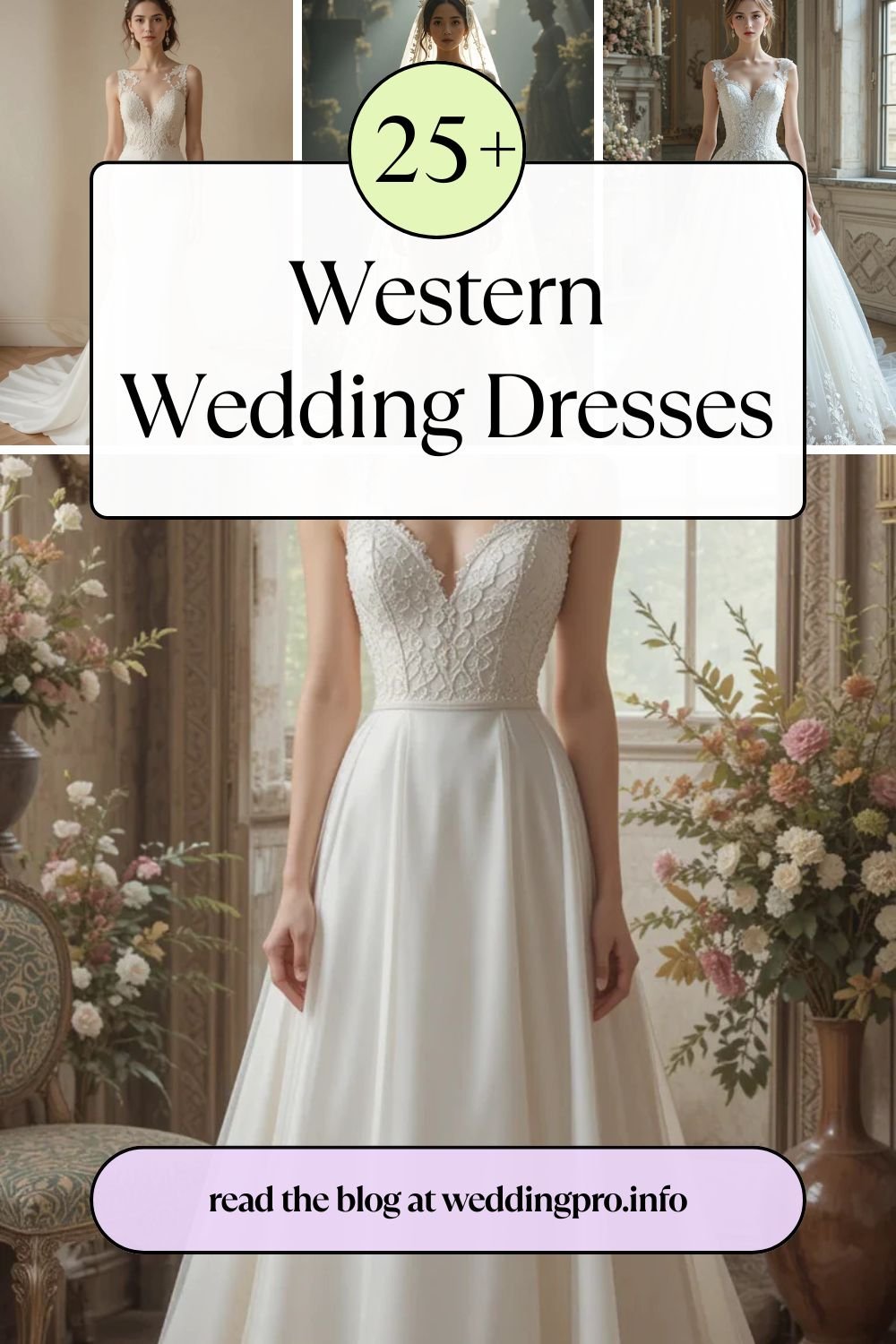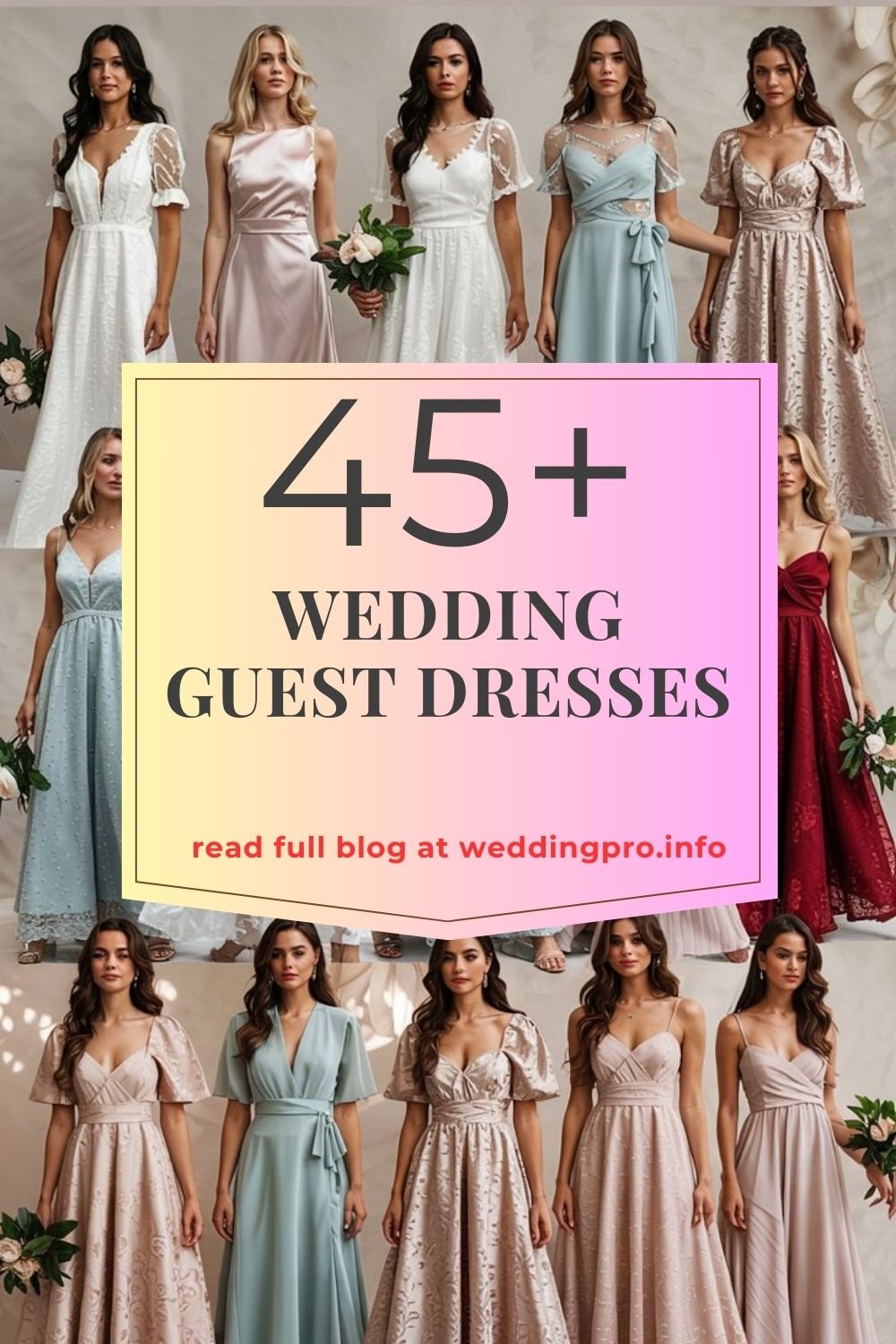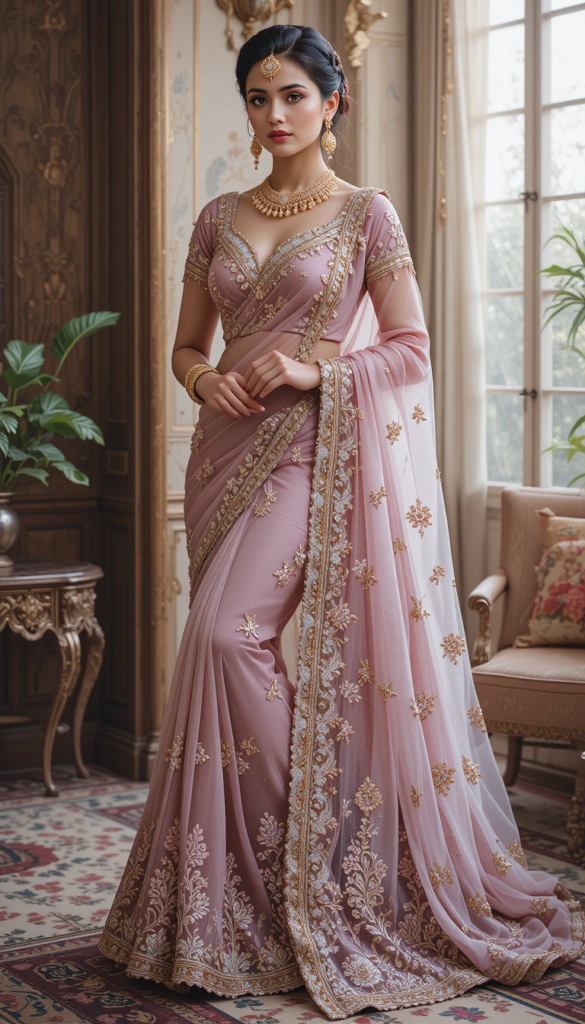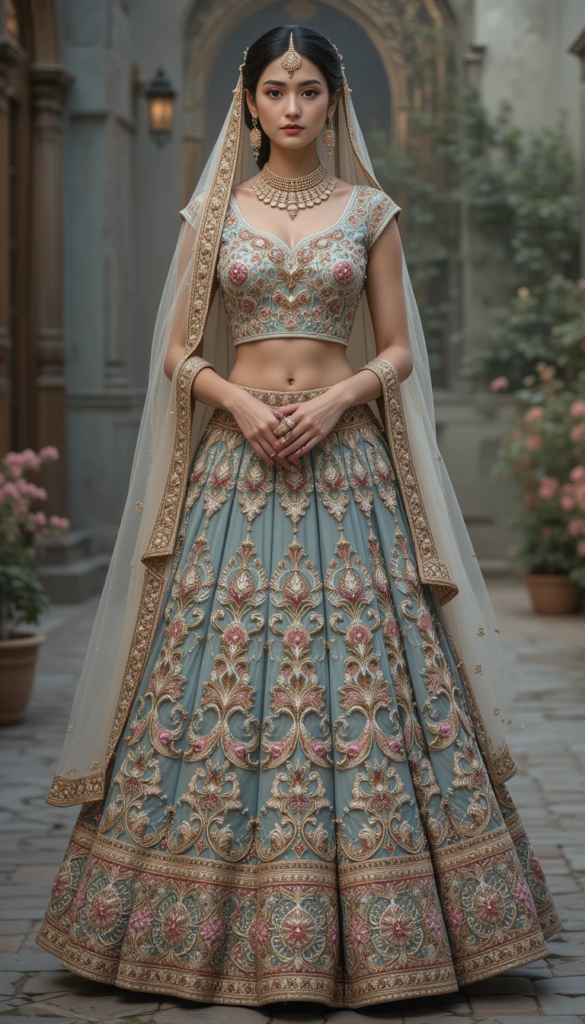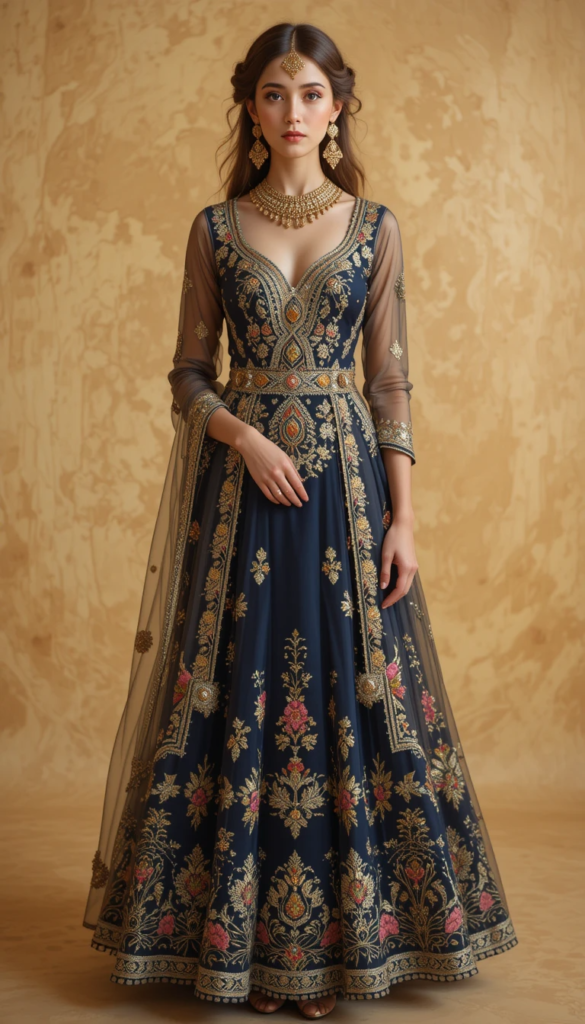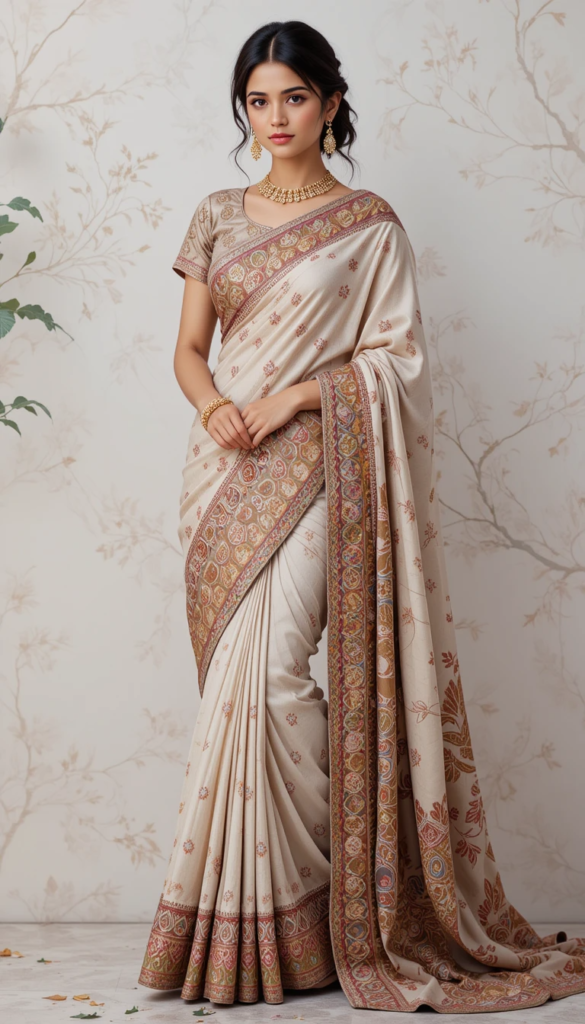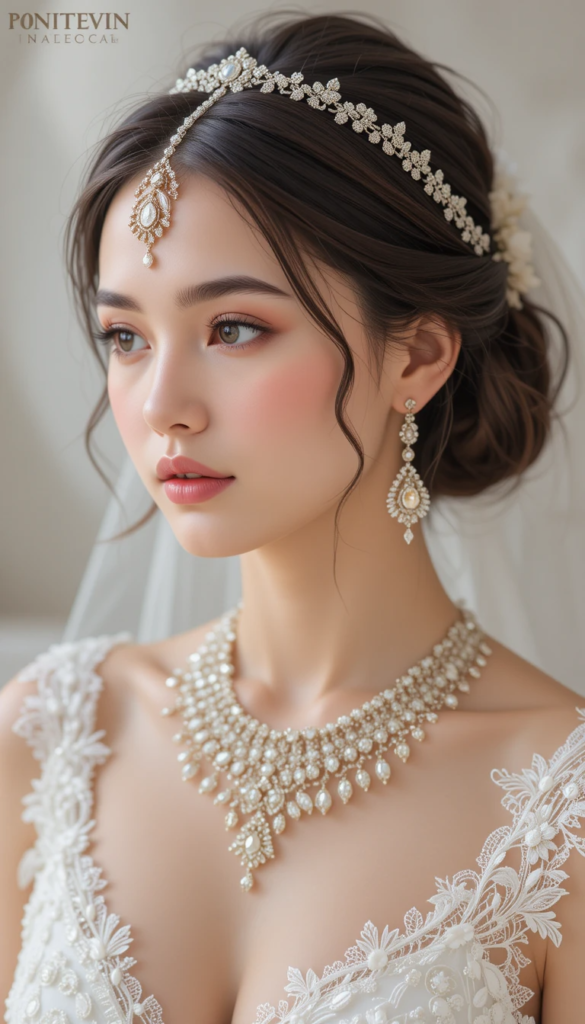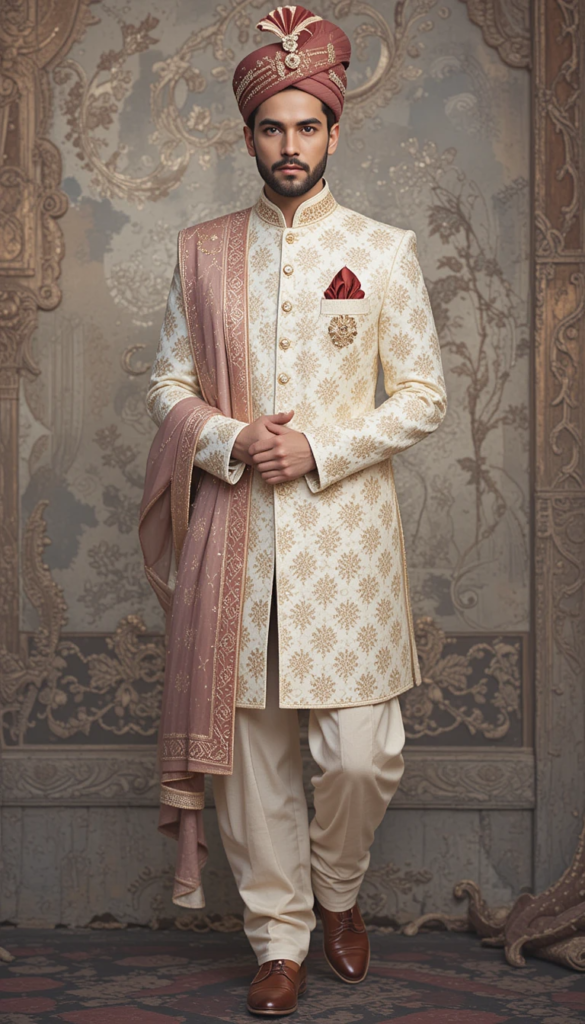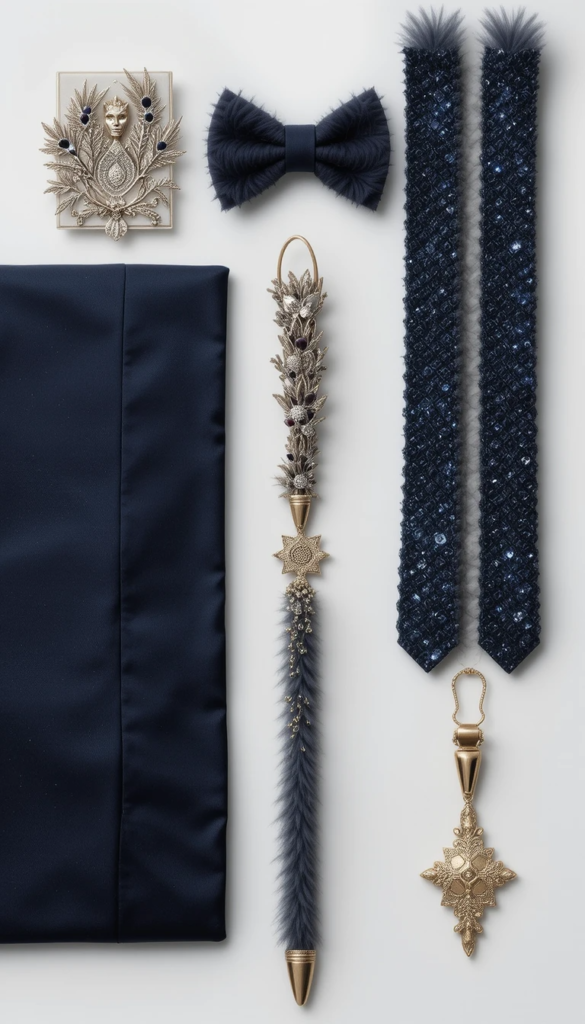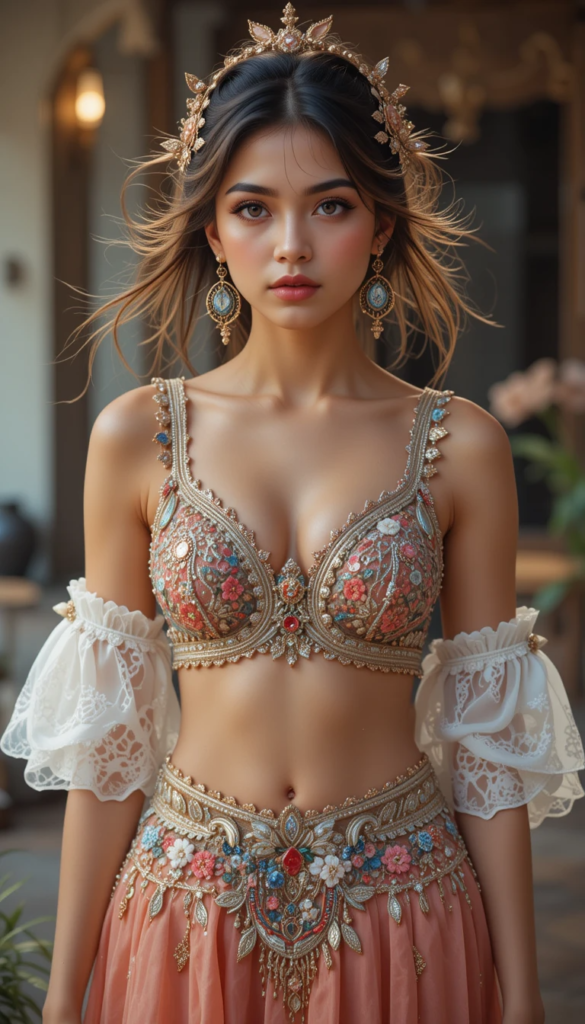Indian wedding dresses capture the essence of the country’s diverse culture, their ages-old traditions, and their ornamental craftsmanship. Brides also wear heavily embellished sarees, lehengas or anarkali suits, embroidered with a lot of beadwork and mirrorwork. Traditional colors for the bride include red, gold and maroon, signifying prosperity, fertility and good luck. The groom usually wears a sherwani (an ankle-length coat-like garment) with a churidar (fitted trousers) and occasionally a turban or pagri on his head.
The wedding dress is an integral part of the ceremony, and the bride’s outfit typically gives a nod to regional and familial customs. Silk, velvet, chiffon, and other sumptuous materials are used to create the extravagant gowns and intricate embroidery exemplifies Indian wedding dresses that are both beautiful and traditional. Bridal jewelry such as maang tikka, bangles, and earrings are matched with the attire to give a more elegant and pompous look and feel.
Indian Wedding Dresses
Bridal Sarees:
Traditional Indian bridal sarees are typically worn during wedding ceremonies; these are often made of expensive textiles such as silk, georgette and chiffon, and feature beautiful embroidery and embellishments, often in shades of red or gold, which is believed to represent wealth and prosperity.
Lehengas:
A lehenga is a traditional wedding attire that consists of a long, flared skirt, an embellished blouse usually called a choli and a dupatta. This dress is usually embellished with floral patterns, beads, sequins, and zari work for elegance and festivity. North Indian brides prefer lehengas, which are available in bold colors ranging from deep red to contemporary pastels. The ensemble is usually accessorized with embellished jewellery and embroidered jooti to give a royal look. On her wedding day, the bride seems graceful and charming in the flowing silhouette of the lehenga.
Anarkali Suits:
An Anarkali suit is a classic wedding outfit with a design that consists of a close-fitting bodice and a flared skirt that is gowned floor-length. Traditionally made in luxurious textiles such as silk, brocade, these types of suits are prettified using embroidery, zari and metallic elements. With its royal charm, the Anarkali suit silhouette is one of the most-worn sets on pre-wedding functions. It combines both traditional and modern styles and lends to a look that is sophisticated yet festive. Anarkali suit is usually teamed with a dupatta thrown over the shoulders.
Saree Draping Styles:
From the different regions in India, there are different saree draping styles. The most widely worn saree styled in the entire country is the Nivi drape, which comes from Andhra Pradesh. With a unique pleat arrangement, the Bengali drape is often matched with a large red bindi. The Gujarati drape is of different nature, the pallu being draped in the front instead of over the shoulder. Maharashtrian brides drape theirs like a dhoti for easy movement. However, all three draping styles add beauty to the overall bridal look and signify the diversity of Indian culture.
Bridal Jewelry:
Bridal jewelry forms an integral aspect of bridal wear for Indian brides, usually made in gold and studded with gemstones. The cultural significance of each piece makes up a bridal set consisting of a maang tikka, necklace, bangles, earrings, and anklets. Hence, it is an auspicious metal to use for weddings because gold jewelry not only brings good fortune but also prosperity. In addition to their exquisite attire, brides adorn themselves with beautiful nose rings (called a nath) and kamarbandh (waistbands) to complete their traditional look. The same is true with wedding jewelry, which not only completes the bride’s look but also comes with the essence of Indian culture.
Sherwani for Grooms:
The groom traditionally dresses in a long coat-like sherwani embellished with embroidery, matched with churidar, fitted pants. They are usually made with high-quality fabrics like silk or velvet, adding extravagance and class. A matching stole, embroidered shoes (mojris), and turban often add to the ensemble. Modern grooms have started exploring gold, ivory, and pastel hues instead of the traditional red or maroon. The regal appearance of the groom is further accentuated by accessories like brooches and strings of pearls.
Groom’s Accessories:
Grooms dress up their wedding outfits with accessories that bring a sense of extravagance and festivity. A turban or pagri, which is often embellished with intricate stitching or even jewels, represents dignity and prestige. Some also don a dupatta or stole, gracefully draped across their shoulders, bringing sophistication to their attire. These add-ons not only add to the groom’s royal appearance but also echo their cultural legacy and individuality.
Choli:
A choli is a snug blouse that you wear with a saree or a lehenga, and they usually feature elaborate embroidery or embellishments. Choli comes in different designs from deep necks, backless and full sleeves to modern cuts. Its usually made to coordinate with the bridal lehenga, with sequins, pearls, or beadwork added. It can be made out of everything from silk to velvet, ensuring an aura of richness and royalty. This is one of the most prominent pieces to elevate the overall bridal look.
Dupatta:
One of the most crucial components of the wedding outfit — the bridal dupatta is a mark of grace and culture. During marriage rituals, the dupatta is also worn over the head, as a sign of respect and modesty. Contemporary brides have been playing with double dupattas, one worn over the head, but another worn draped over the shoulders. Intricate work done on a dupatta highlights the overall bridal look, thus making it an important outfit detail.
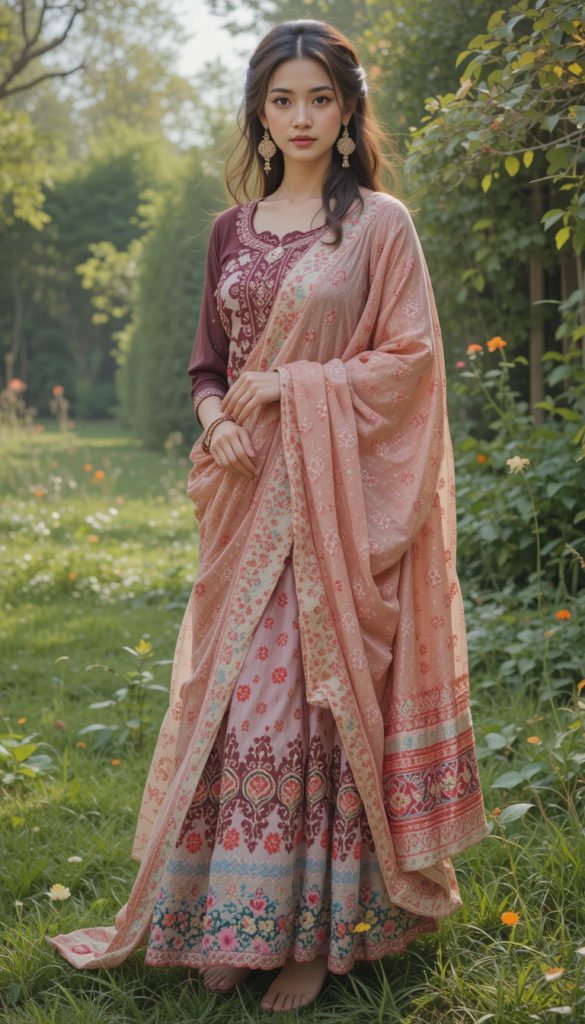
Regional Variations:
Wedding attire varies considerably across India, shaped by regional traditions and customs. North Indian brides usually wear heavy lehengas or, be it an Anarkali, these dresses are richly embroidered. Gujarati and Rajasthani brides prefer colourful bandhani or mirror-work sarees in the West. Bengali brides especially, East Indian brides, wear red or white sarees with wide gold borders. These differences reflect the diversity and cultural richness of Indian brides.
Bridal Footwear:
Brides wear traditional footwear such as mojris or juttis in vibrant colors, and often embroidered with the bridal outfit.
Maximalist Embellishments:
Indian wedding dresses boast an eye-catching array of beadwork, zari (gold thread), sequins and rhinestones to achieve a glamorous and sparkly effect.
Heirloom Fabrics:
Most weddings have rich trappings such as elegant fabrics like silk, velvet, chiffon and brocade.
Turban or Pagri:
A turban, a customary headgear worn by the groom as he completes his royal avatar, is often ornamental as it usually comes decorated with diamonds or feathers.
Modern Influences:
Fusion is a buzz word at international level as international brides are enstyling several elements from the west and India’s various cultures has been adopting this, the era of modern dresses for bride are where you dress up like the western but in desi way, modern cuts, arm hole and so on and converting the western trends as wedding attire and thus have thier roots in the culture.
Cultural Symbolism:
The Indian wedding dresses reflect cultural and symbolic significance through every aspect of the wedding attire, from color selections to fabric choices, representing age-old Indian traditions and beliefs.
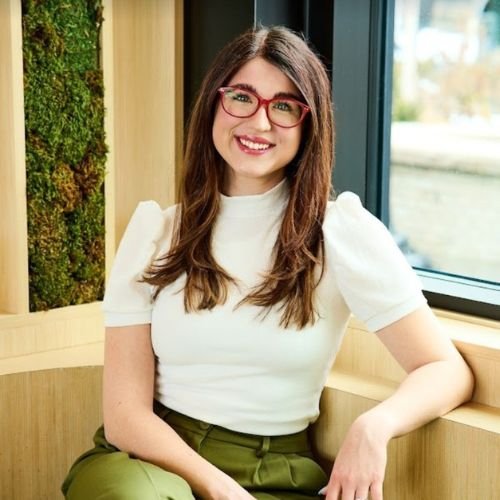
Hi, I’m Ruby Straaten – the heart behind Wedding Nest. I’m a passionate wedding planner with a deep love for celebrating love stories through thoughtfully designed, beautifully executed weddings. With years of hands-on experience helping couples bring their dream day to life, I understand that every detail matters—from the big picture to the tiniest finishing touch.

